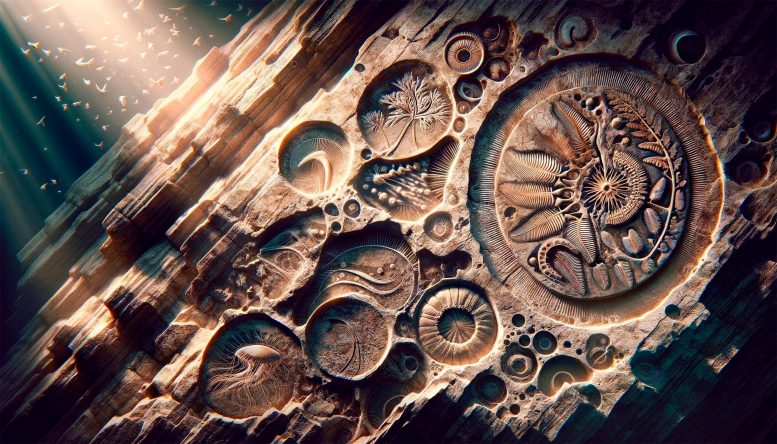
A significant milestone in understanding the evolution of life on Earth has been achieved by a team of researchers led by Curtin University. The study, published in the Journal of the Geological Society, has precisely dated some of the world's oldest fossils of complex multicellular life to 565 million years ago.
The Ediacaran period represents a pivotal time in the evolution of life as it contains the earliest unequivocal fossil evidence for large-scale multicellular organisms, including the first animals. The study underscores the importance of understanding these ancient ecosystems in order to unravel the mysteries of Earth's past and shape our comprehension of life's evolution.
The Ediacaran biota demonstrates examples of heterotrophy, locomotion, sexual reproduction and organization into complex ecosystems. The fossils were found in Coed Cochion Quarry, Wales and are accurately dated to 565 million years old using volcanic ash layers as time markers within the geological sequence.
These creatures would in some ways resemble modern day marine species such as jellyfish, yet in other ways be bizarre and unfamiliar. Some appear fern-like, others like cabbages, whereas others resembled sea pens. The fossils are named after the Ediacara Hills in South Australia's Flinders Ranges, where they were first discovered.
The study highlights the deep connection between geological processes and biology, as Ediacaran fossils record the response of life to the thaw out from a global glaciation. Similar Ediacaran fossils have been found at sites around the world including Australia.
In conclusion, this research provides valuable insights into the evolution of complex multicellular life on Earth and emphasizes the importance of understanding ancient ecosystems in order to fully grasp the mysteries of our planet's past.






